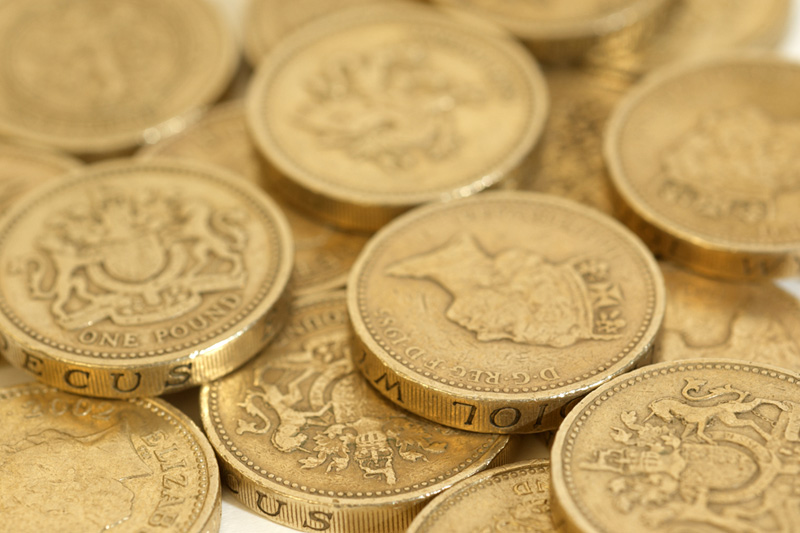Investing.com - The pound was trading at fresh 31-year lows against the U.S. dollar on Friday, as downbeat U.K. data added to concerns over the outlook for the British economy post-Brexit, while demand for the greenback remained broadly supported ahead of a key U.S. jobs report.
GBP/USD hit a 31-year low of 1.2035 during European morning trade, before settling at 1.2447, down 1.36%.
The U.K. Office for National Statistics said that manufacturing production increased by 0.2% in August, disappointing expectations for a 0.5% gain and following a drop of 0.9% in July.
On an annualized basis, manufacturing production rose 0.5% in August, compared to forecasts for a 0.9% increase.
The report also showed that industrial production fell by 0.4% in August, confounding forecasts for a 0.1% rise and following the 0.1% gain in the preceding month.
A separate report showed that the U.K. trade deficit widened to £12.11 billion in August from £9.51 billion in July, whose figure was revised from a previously estimated deficit of £11.76 billion.
Analysts had expected the trade deficit to hit £11.30 billion in August.
Market analysts believe that an overnight "flash crash" of the pound was intially driven by computer-initiated sell orders.
But concerns over a potential ‘hard Brexit’ have been weighing heavily on the pound all week, especially since U.K. Prime Minister Theresa May said on Sunday that she would trigger the process of leaving the European Union by the end of March.
In addition, French President Francois Hollande said on Thursday that the EU needed to remain firm with Britain in the Brexit negotiations.
Meanwhile, the dollar remained supported after data on Thursday showed that U.S. initial jobless claims decreased by 5,000 to 249,000 in the week ending October 1. Analysts had expected jobless claims to rise by 3,000 to 257,000 last week.
Market participants were awaiting the U.S. nonfarm payrolls report due later in the day for further indications on the strength of the job market, as the Federal Reserve has indicated that future interest rate decisions will be data-dependent.
Sterling was also sharply lower against the euro, with EUR/GBP rallying 1.18% to a seven-year high of 0.8943.
